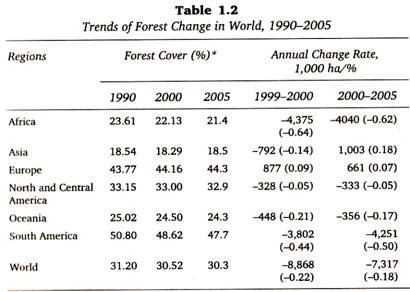Let us make an in-depth study of the mechanism of hormone action with feedback regulation of hormone production.
Mechanism of Hormone Action:
1. Enhancement of enzyme synthesis:
The steroid hormones and the thyroid hormones enter the cell and combine with the specific receptor protein to form ‘receptor protein-hormone complex’. This complex will then bind to a specific site on DNA and initiate or enhance the synthesis of mRNA which in turn synthesizes the protein i.e. enzymes. Therefore the cell reactions speed up.
2. Change in cell permeability:
Hormones like insulin binds to a specific receptor on the cell membrane which results in alteration of the permeability of the cell to certain substances like glucose, amino acids and ions. The entry of these substances will bring a change in cell reactions.
3. Action through a second messenger (cAMP):
Hormones like epinephrine, glucagon bind to a regulatory site on the cell membrane. On the inner side of this regulatory site, an enzyme known as adenyl cyclase is present that converts ATP to cAMP which then activates certain protein kinases that in turn will phosphorylate certain enzymes. Some enzymes on phosphorylation become active whereas some other enzymes become inactive. Certain reactions are therefore stimulated while others are inhibited.
Feedback Regulation of Hormone Production:
The production of hormones is regulated by feedback mechanism.
There are two types of feedback regulation:
(1) Negative feedback regulation and
(2) Positive feedback regulation.
1. Negative feedback regulation:
When the target hormone is in little excess, then this excess hormone will inhibit the production of its tropic hormone. The tropic hormone in turn will stop the release of the release factors. The inhibitory action of the tropic hormone over the release factor is known as the short loop feedback. At other instances the target hormone can itself inhibit the release factor this is known as long loop feed back.
2. Positive feedback regulation:
Estrogen stimulates the production of luteinizing hormone.
Secretion of hormones from endocrine glands:
The peptide hormones and the catecholamine’s are secreted by a process called exocytosis. Steroid hormones are secreted by passive diffusion.
Circulation of hormones in blood:
The water soluble peptide hormones and the catecholamine’s circulate in free form in the blood. Steroid and thyroid hormones circulate bound to specific proteins known as binding, carrier or transport proteins ex Thyroxine binding globulin (TBG).
Degradation and excretion of hormones:
All the hormones are degraded and excreted. Peptide hormones are degraded in the liver and/or kidney. The catecholamine’s, steroids and the thyroid hormones are inactivated directly by enzymatic modification in the blood and/or in the liver.
Disorders of the endocrines:
There are three major classes of endocrine disorders:
1. Insufficient hormone production:
This may be due to abnormal function or destruction of the endocrine gland.
2. Excess hormone production:
This is due to tumors of the gland.
3. Altered tissue responsiveness to hormone effects:
(a) Immunity to hormones
(b) Defective or absence of receptor
(c) Inactive receptor hormone complex.
These are the causes that lead to ineffectiveness of hormones though they are produced in normal amounts.
